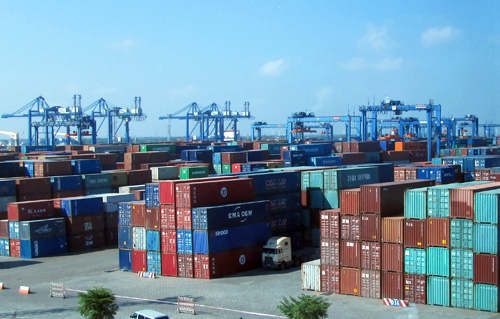Freightos Baltic: Effective capacity management capped freight rate declines
With new trade negotiations between Washington and Beijing on the horizon, some major US retailers have already begun placing orders again

|
Route |
Cost (USD/FEU) |
Changes |
|
Updated on 07 May 2025 |
||
|
Asia - US West Coast |
$ 2,321 |
Stable |
|
Asia - US East Coast |
$ 3,386 |
Stable |
|
Asia - Northern Europe |
$ 2,261 |
â 3% |
|
Asia - Mediterranean |
$ 3,027 |
â 2% |
Global ocean freight markets remained broadly stable in the week to 7 May, defying expectations of volatility stemming from the escalating US-China trade war. Transpacific rates demonstrated unexpected resilience, while prices on Asia-Europe routes eased marginally.
On the transpacific lane, container volumes from China to the United States have dropped sharply following the US government’s imposition of the 145% punitive tariffs on Chinese imports. Despite this significant decline in demand, freight rates have held firm, largely due to decisive capacity management by carriers. Operators have responded swiftly with widespread blank sailings and service suspensions, effectively tightening supply to match reduced volumes.
Although many US importers have paused China-origin orders in response to the punitive tariff regime, market participants believe this is a short-term reaction. “Inventory constraints are only a matter of time,” noted one supply chain analyst. “If consumer shelves start to thin or prices climb, we will inevitably see a resumption of ordering activity.” With new trade negotiations between Washington and Beijing on the horizon, some major US retailers have already begun placing orders again—anticipating that duties may be relaxed or lifted before cargo reaches destination ports.
Should a diplomatic breakthrough ease trade restrictions, a swift and sharp rebound in freight demand is widely anticipated. However, such a resurgence could place immediate pressure on vessel availability and trigger a rapid escalation in spot rates. Industry observers warn that the sector’s ability to flex capacity upward may be hindered by current vessel redeployments: carriers are increasingly shifting idle transpacific tonnage to alternative trades, such as the transatlantic and Middle East routes.
In contrast, the Asia–Europe trade saw a modest rate decline last week, despite ongoing port congestion—particularly at key Northern European hubs—which would typically support firmer pricing. Analysts suggest the decline may be the result of added capacity, as carriers reposition surplus tonnage from a cooling transpacific market into the Asia-Europe corridor.
Read more on Freightos
